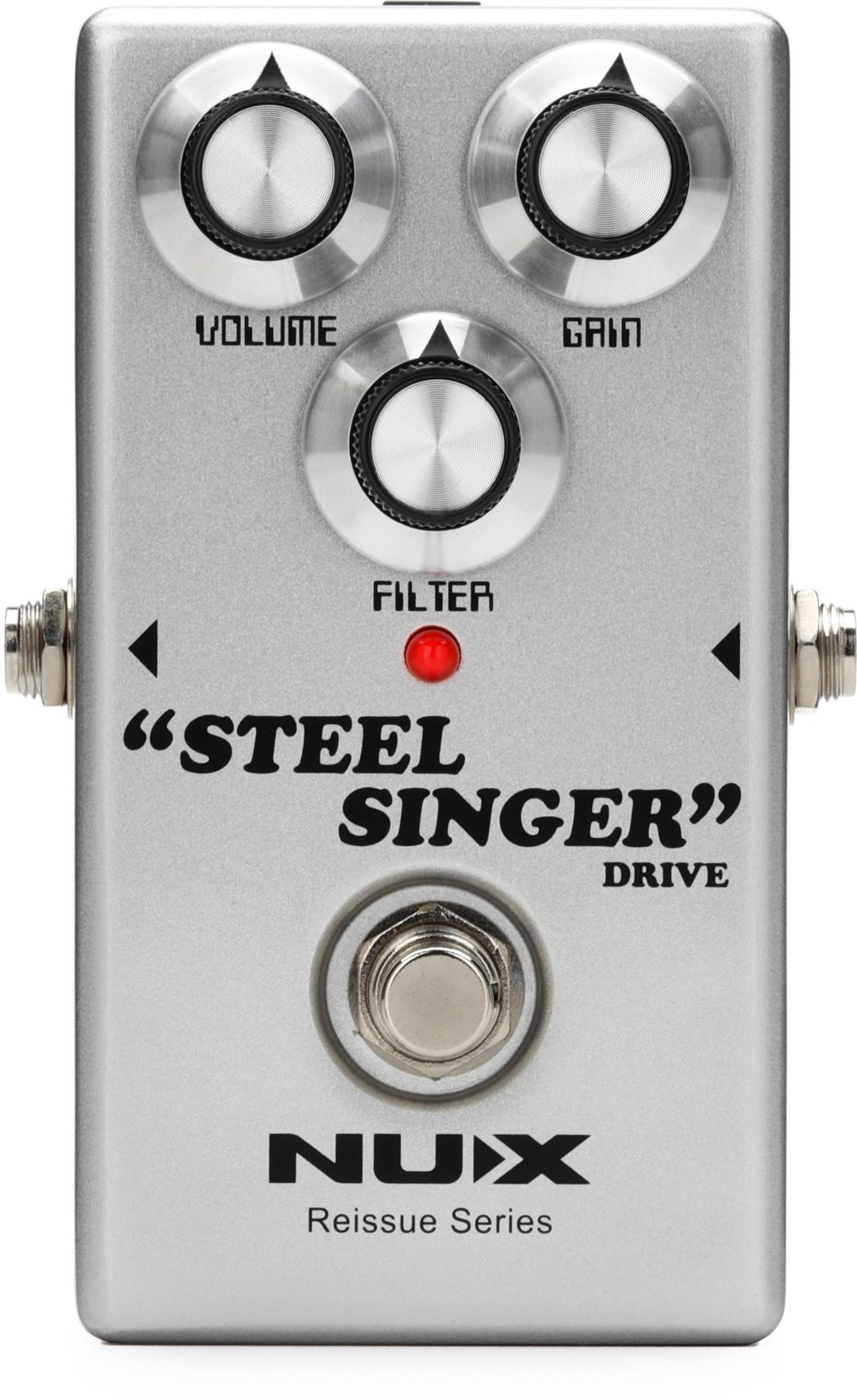 Introduction to Jazz Guitar Soloing |
Here's the basic progression:

The first thing you should notice is that all of the chords are dominant 7th chords. The III7, VI7, and II7 are all non-diatonic and act as secondary dominants: III7 is V of VI, VI7 is V of II, and II7 is V of V. Let’s take a look at this bridge in the context of a song. Here’s “Scrapple from the Apple” as an example.

“Anthropology” is another good example.

Notice that in both of these song examples, the bebop bridge is the B section of an “A-A-B-A” form. The III7 chord at the start of the bridge gives an uplifting change of pace to the progression and separates the bridge from the rest of the song. One obvious note-choice option for the string of dominant 7th chords is to play around the arpeggio of each chord. A great way to embellish the dominant 7th arpeggio is to use some chromatic connections—i.e., connect some specific chord tones with chromatic tones. This idea also works with other chord qualities besides dominant 7th chords and will be addressed in the next chapter.
Let’s look at the bebop bridge as it appears in "Scrapple from the Apple,” in the key of F.

Visualize these specific arpeggio shapes to play over the changes:

If the only notes you use are the dominant 7 chord tones, the improvised melodies you create will be pretty bland. The use of chromatic connections will dress up the sound of the dominant 7th arpeggios while retaining the chord tone sound. The most common chromatic connections on a dominant 7th chord are between the 3rd and the 5th (ascending or descending) and between the root and the %7th (ascending or descending).
Look at this Pattern IV dominant 7th arpeggio:

Now let’s show the chromatic connections between the 3rd and the 5th and between the root and the %7th. Listen to the example on the CD demonstrating the use of the chord tones plus the chromatic connections over this shape. You can still hear the sound of the dominant 7th chord, but it doesn’t sound as bland. Listen

Look at this Pattern II dominant 7th arpeggio.

Now here are the chromatic connections between the 3rd and the 5th and between the root and the b7th. Listen to the example demonstrating the use of the chord tones plus the chromatic connections over this shape. Listen

Practice improvising over a static dominant 7th chord to get the feel of using these chromatic connections. you’ll find this idea very useful in blues, country, and any other style with dominant 7th chords. Once you are reasonably comfortable using chromatic connections over a static dominant 7th, try stringing them together over the bebop bridge. Here’s the progression in the key of F. Try playing over the backing track using the shapes provided in the diagrams for your lines. Listen


Remember that the bebop bridge here is “out of context,” meaning that usually you will see this as a B section of an AABA form.











![Rig Rundown: Russian Circles’ Mike Sullivan [2025]](https://www.premierguitar.com/media-library/youtube.jpg?id=62303631&width=1245&height=700&quality=70&coordinates=0%2C0%2C0%2C0)













